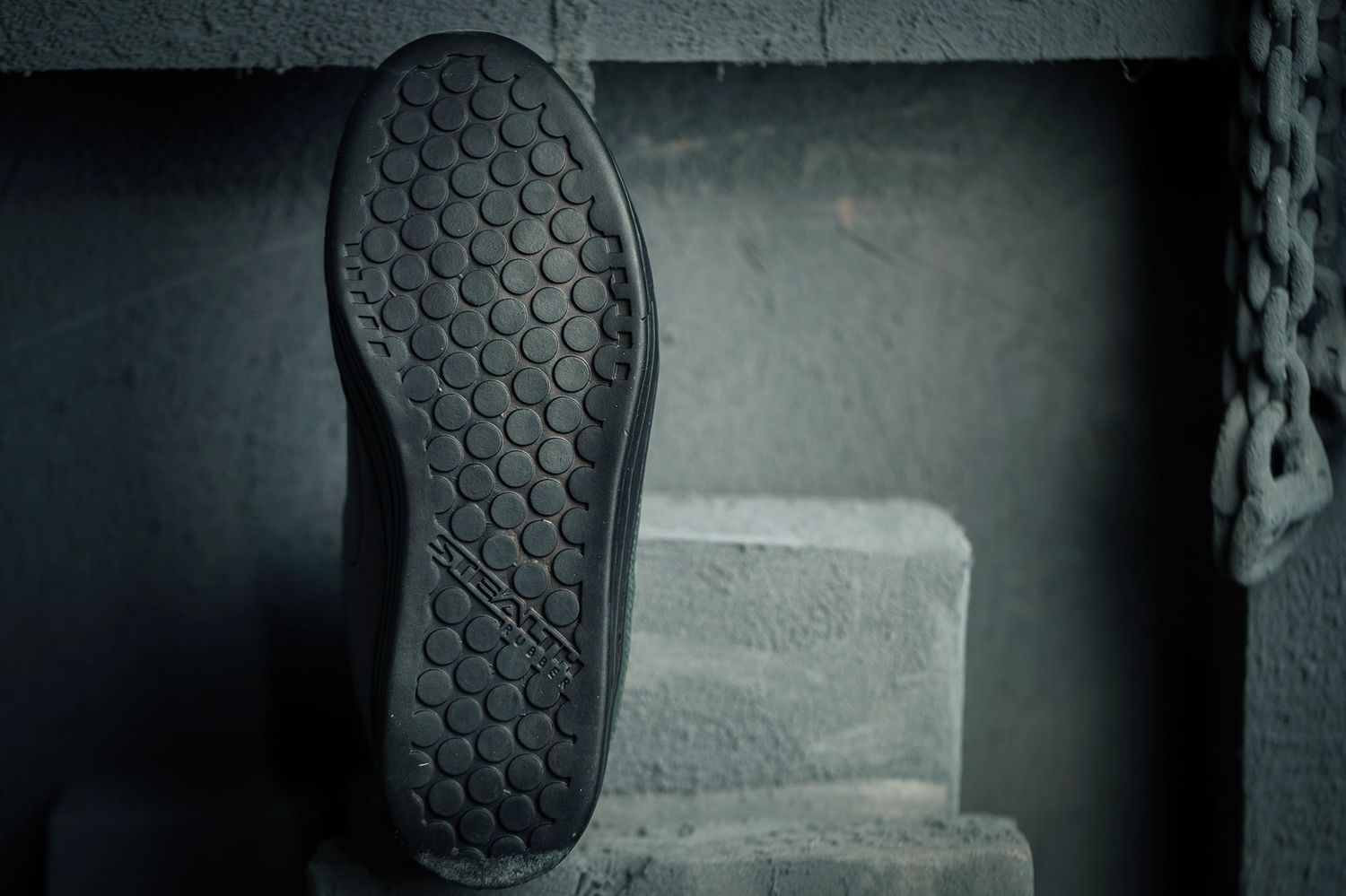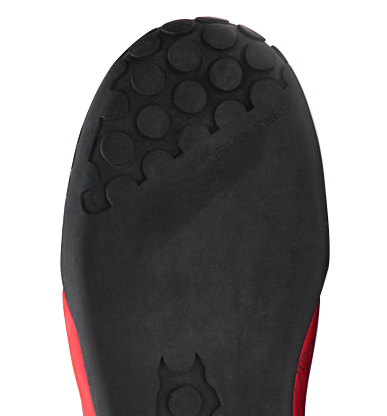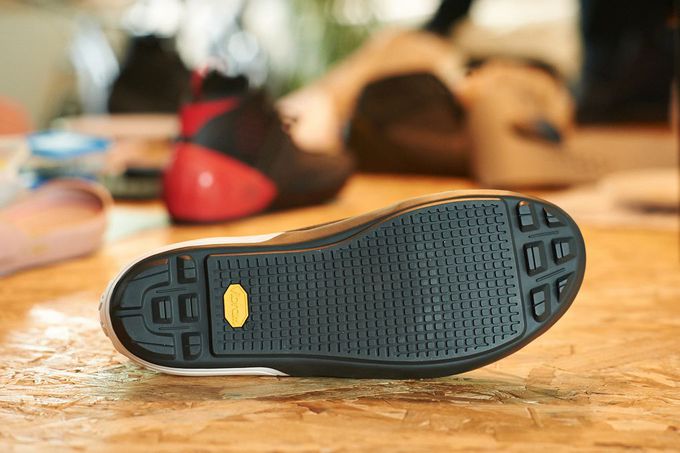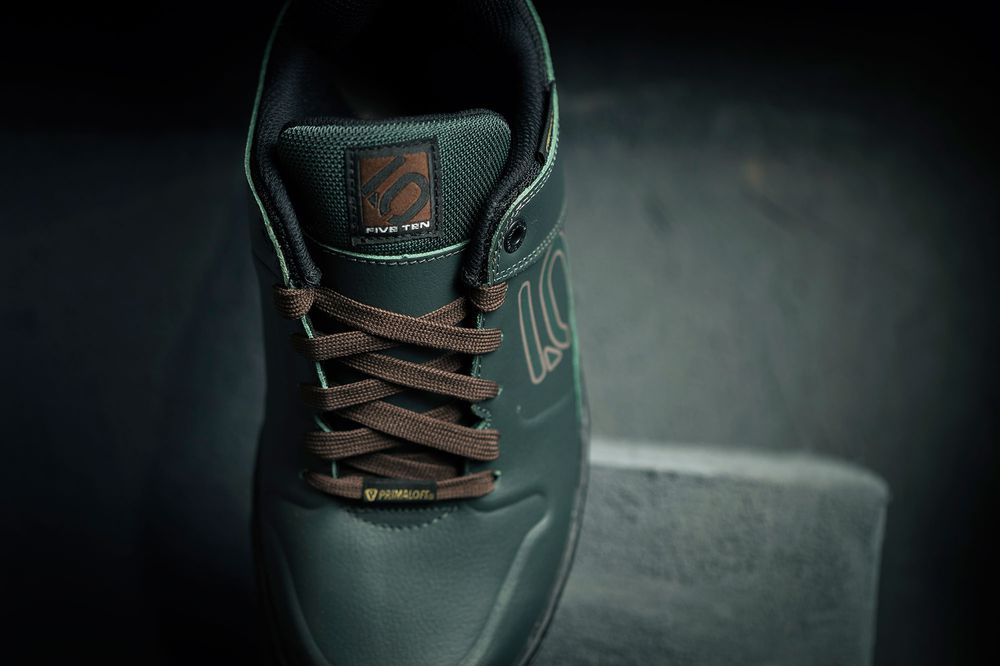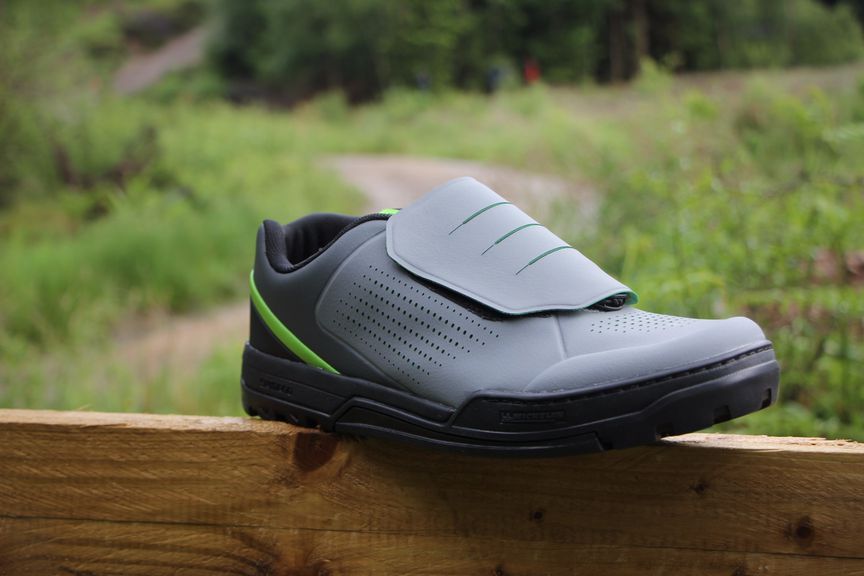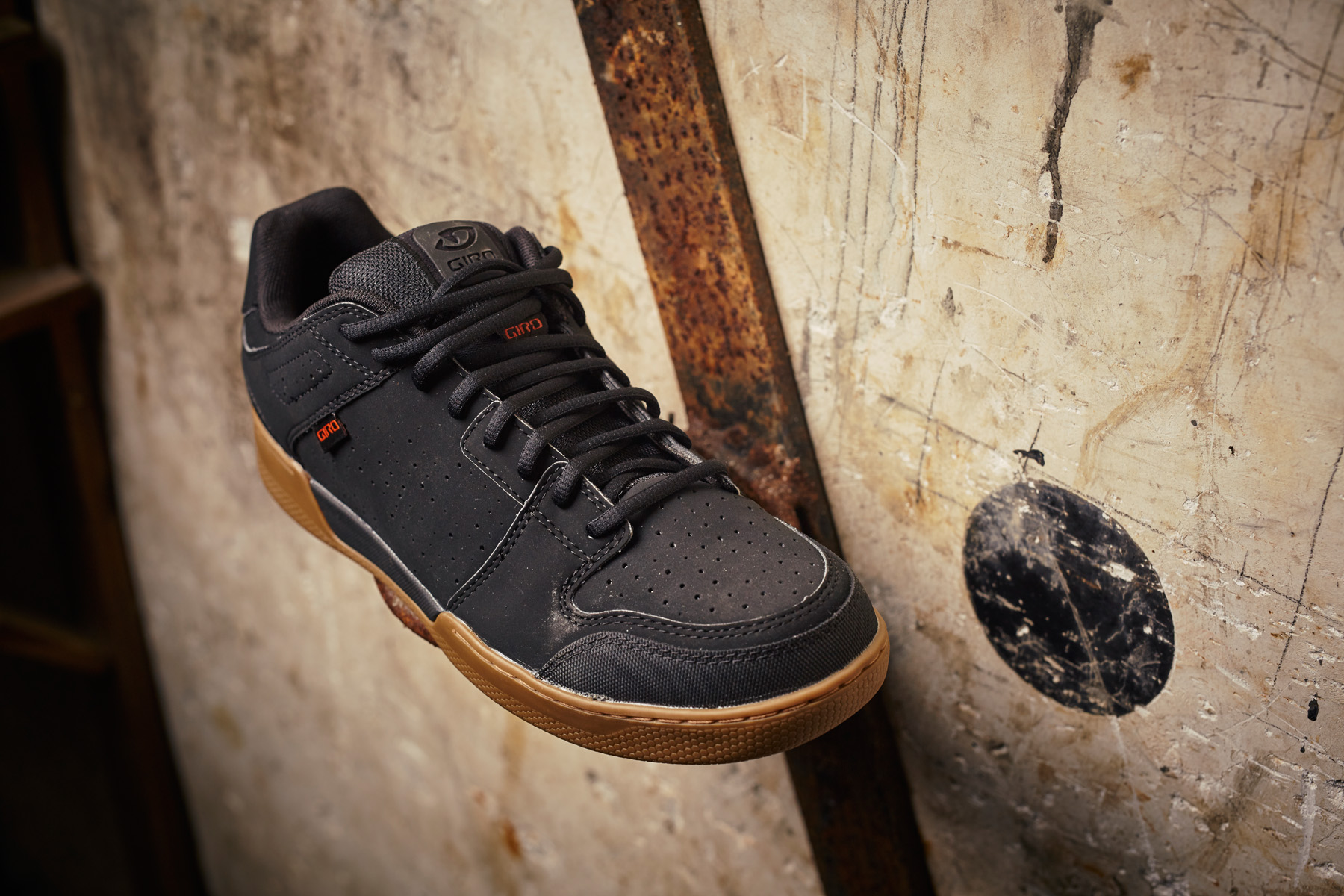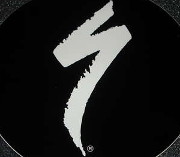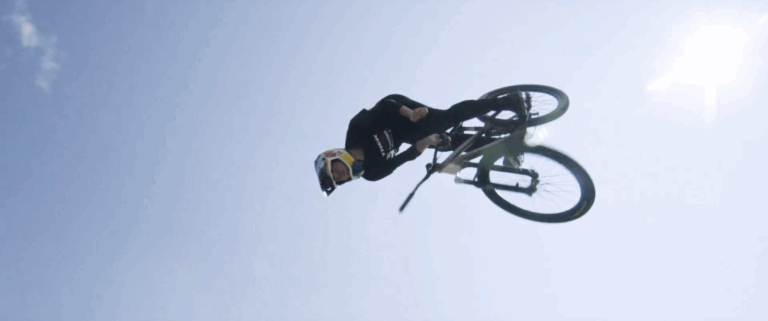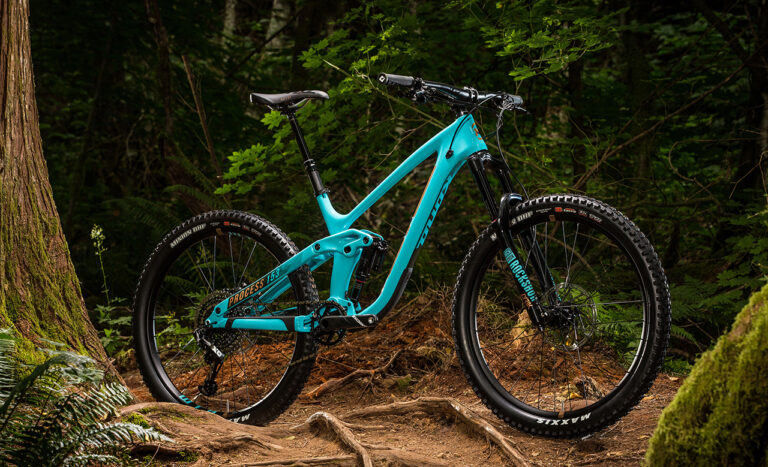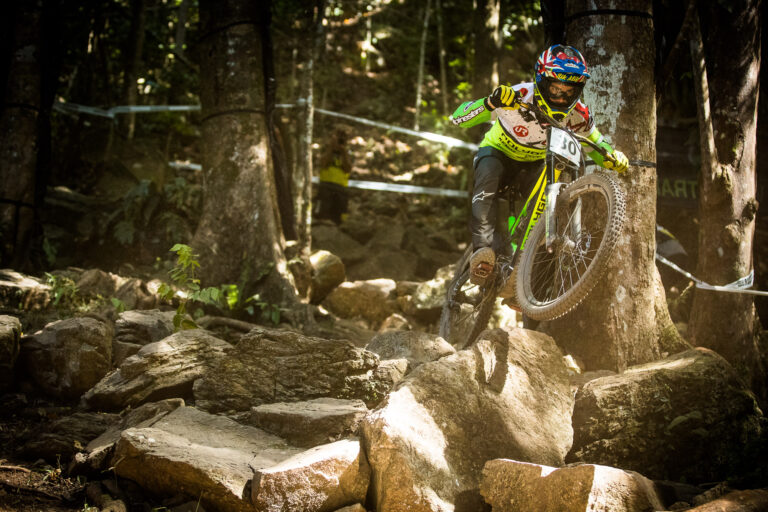THE UPPER:
Most of us love the ‘skate shoe’ look of the current breed of flat pedal footwear – it’s in our roots, part of our culture and almost a reaction against the tight, shiny and awkward styles of SPD ‘clipped’ shoes that have developed from the XC race world.
MATERIALS:
Here we look for a soft yet supportive upper that can be easily adjusted for a close fit. We need quick drying, low bulk materials that shrug off water and don’t take weeks to dry. The upper need to go the distance, stay attached to the sole and deal with some year round abuse. That’s a tough combination of requirements and many brand miss the mark. Early FiveTen boots were very robust but held water, got heavy and drying times were lengthy. First generation Shimano shoes were comfortable, but the padding that helped with this soaked up moisture and this weighed you down.

Modern synthetics have shortened drying times, helped keep bulk and weight low, yet remain robust over time. It’s what you’re paying for to a certain extent along with the sole compound. Specialized’s 2FO (Foot Out, Flat Out…) footwear uses a tough synthetic upper which is thermobonded to the sole and has well placed venting panels. Although a long way from waterproof, these shoes breathe well, yet allow water out instead of hanging on to it. They remain light when wet and drying times are quicker than average. Ion’s new flat pedal shoes have a ground up approach to design with plenty of up to date thinking too.
PROTECTION:
Most shoes are a ‘low top’ design and for warmer, drier weather this is usually the best option. With this type of shoe being aimed at the gravity/enduro/DH market, protection is important though and a good shoe design will have a reinforced toe box area and scuff guards in impact zones or high wear areas. A ‘high top’ option (Fiveten do this well) will give you added ankle support and protection as well as much needed insulation in cooler or wetter conditions. Shimano go half way, with raised inner ankle protection on some of their shoes. A padded tongue can add a touch more comfort and can keep debris out if it is gusseted.

WEATHERPROOFING:
If you’re a year round rider and out in all weathers, then an option that keeps you on out on the hill regardless of the conditions is an invaluable addition to your kitbag. Shimano have always been popular here in the UK, as their designs with a flap over the laces and minimal ventilation keeps the worst of the muck out. FiveTen’s EPS shoes have been a hit with us last winter – the Primaloft insulation and sealed leather panels have kept us warm even when wet. Not a design for the summer, but great between October and March.
O.W.N (Only What’s Necessary) have a unique approach to weather protection – they not only have researched and tested upper fabrics extensively (using Kevlar as the main fabric) but have gone for a inner liner sock/bootie. Two options, a winter and a summer weight, keep you at optimum comfort levels all year round.

FASTENING:
Laces dominate here – easy to adjust, cheap to replace and keep that casual look to the shoe. This low tech way of fastening can sometimes suffer in extreme mud but it’s rare. Shimano’s new shoes use a ‘speed lace’ with a locking retainer beneath a cover which is a modern take on this. Buckle, ratchets and dials tend to be (although there are exceptions) the preserve of SPD trail and race shoes.

SIZING:
You don’t want a sloppy fit but you may be riding, pushing up or hanging out in them for most of the day. Try before you buy as you may find a brand that fits your foot shape best. Specialized use their ‘Body Geometry’ fit system on the 2FO models, with plenty of R+D going into the shape of the upper, the sizing and the insole. O.W.N once again don’t do things by half and have investigated the whole approach to sizing for a shoe working with a flat pedal. The key to the shape of their shoes is to create ‘volume where you need it,’ and to eliminate excess material that can lead to the clubfoot look. Other brands have a ‘last’ (the upper shape) which has developed over time and a fit that you may well find favour with – stick with ’em…


